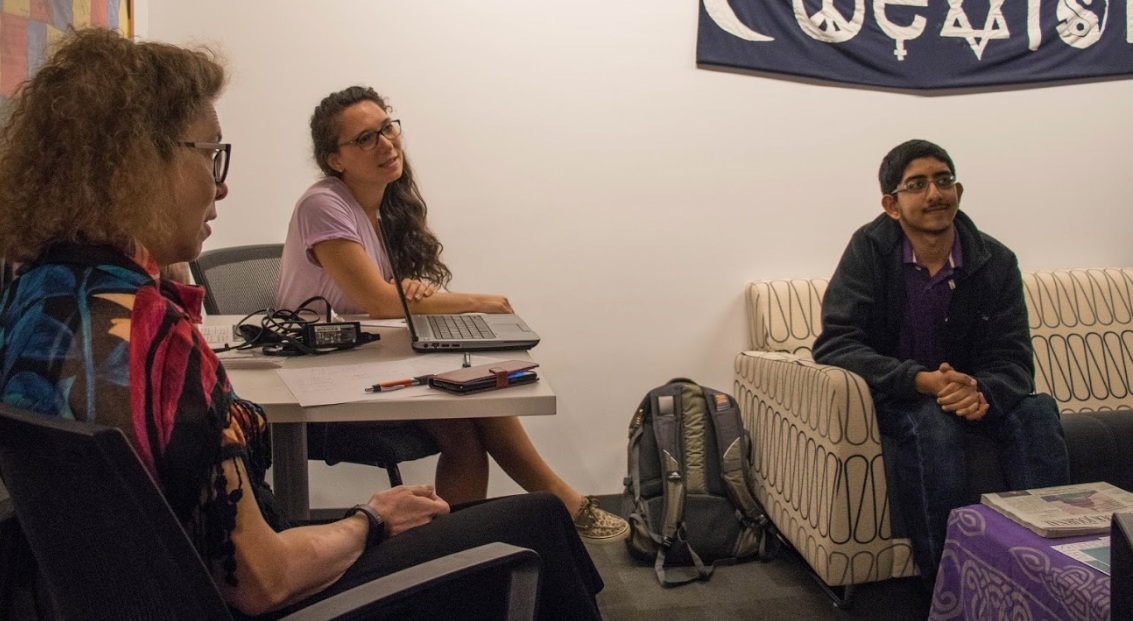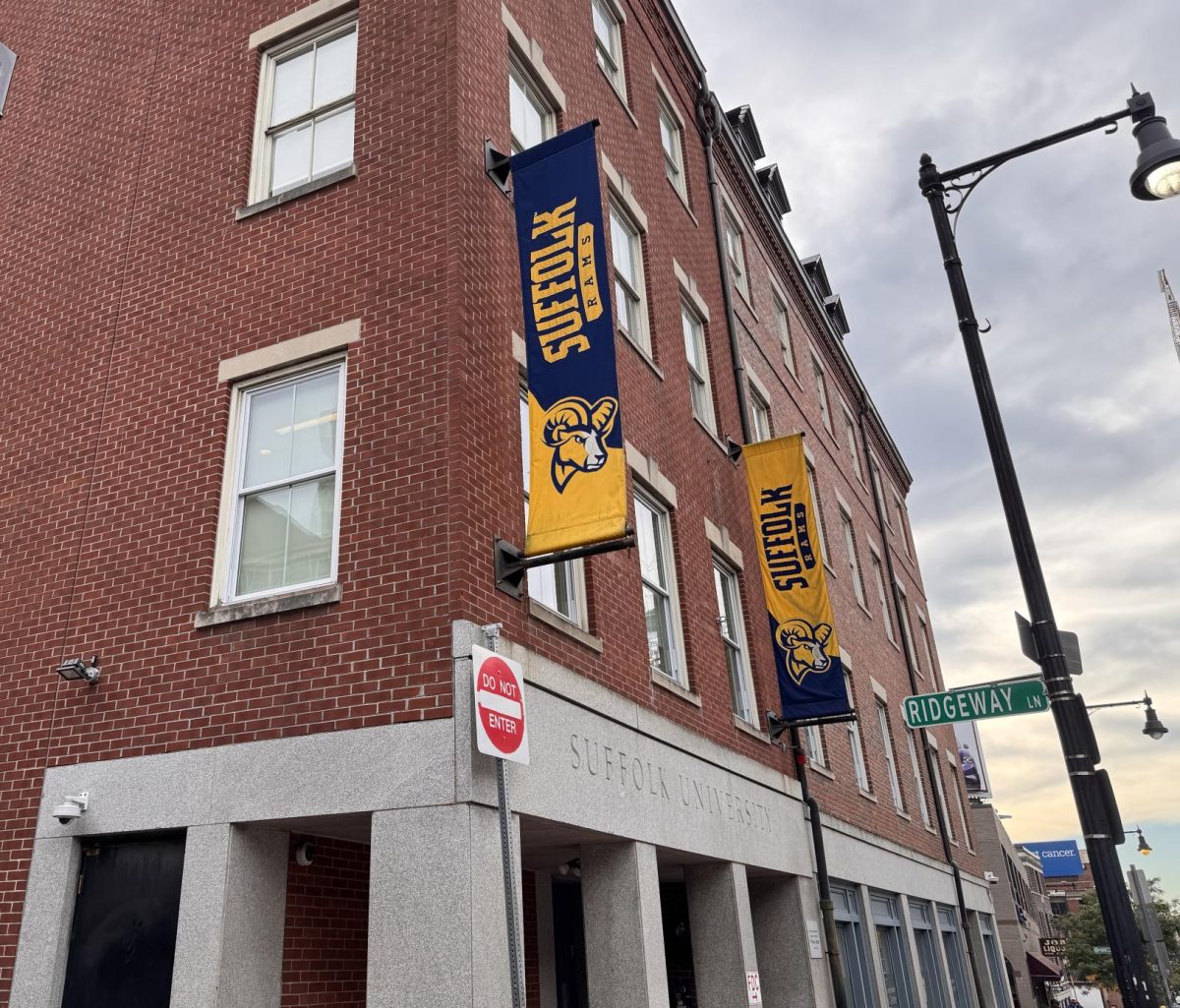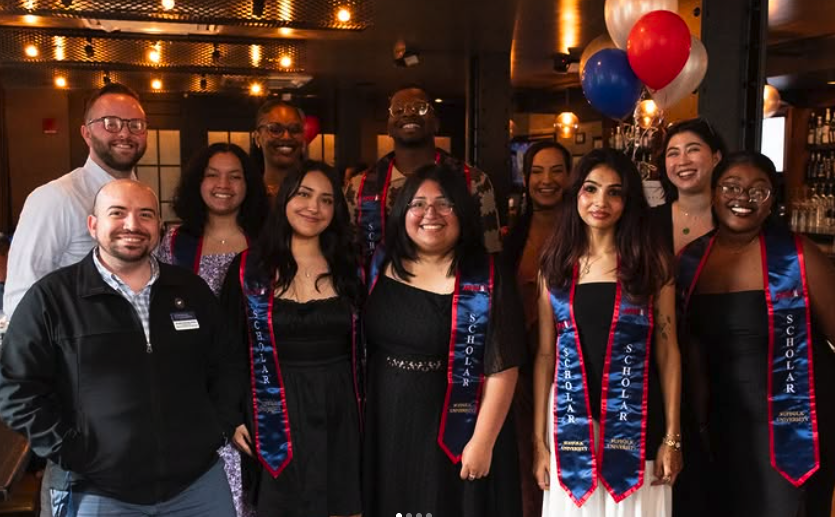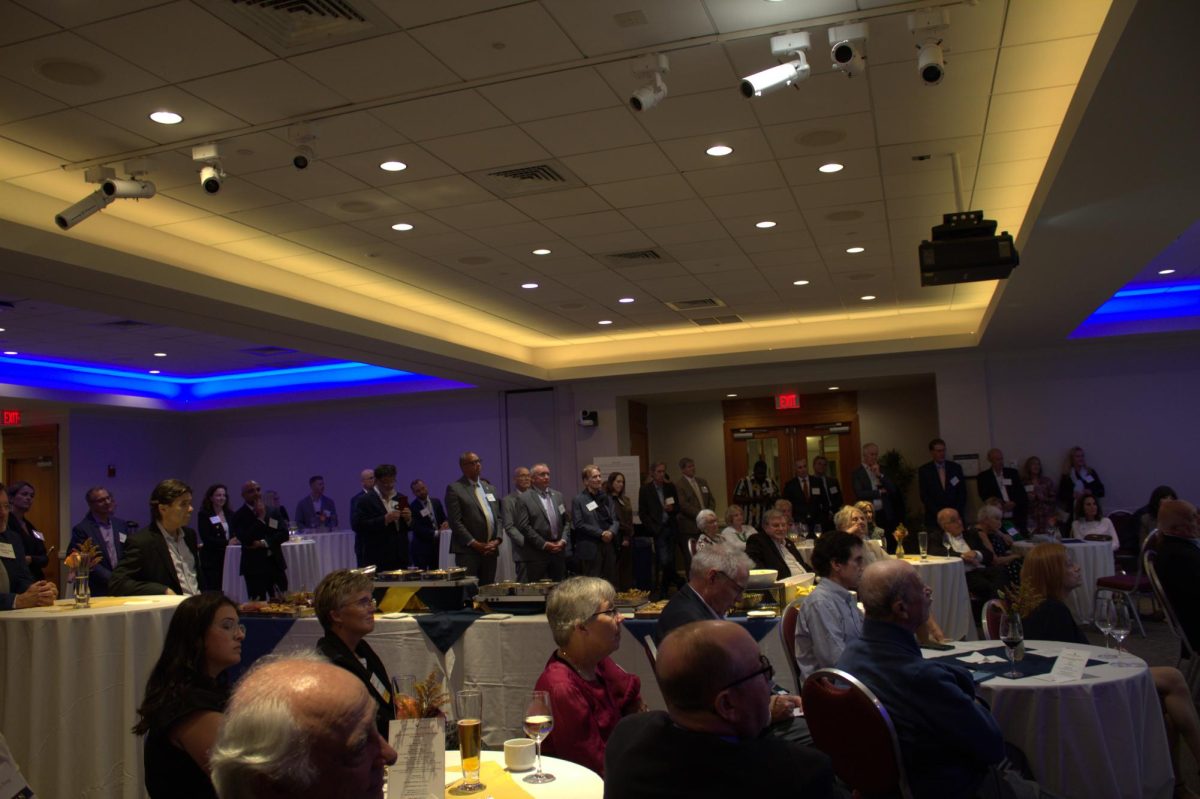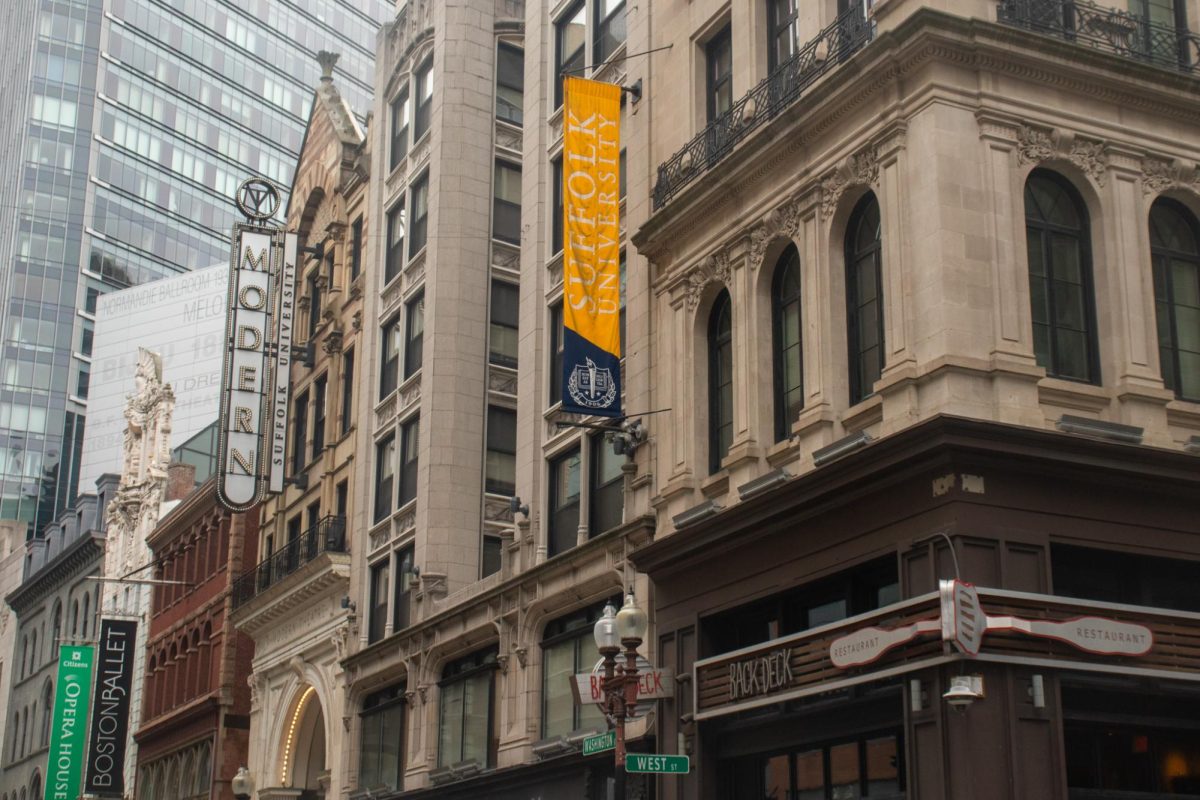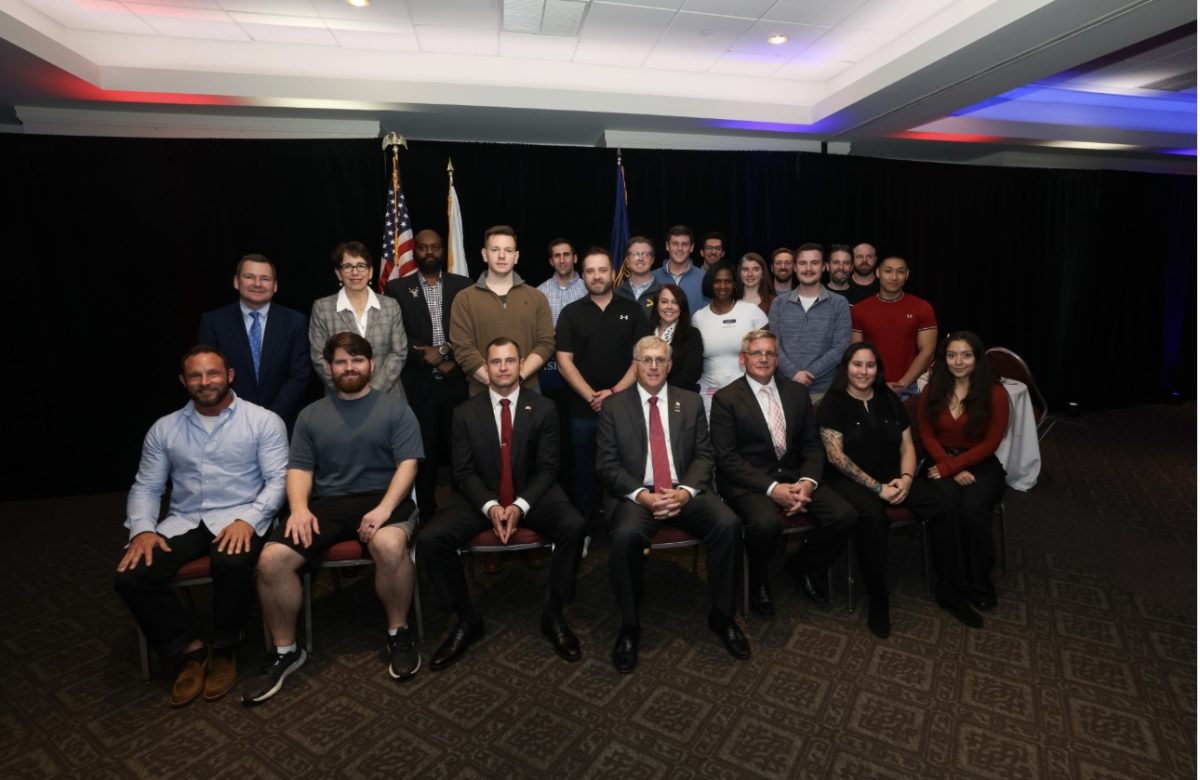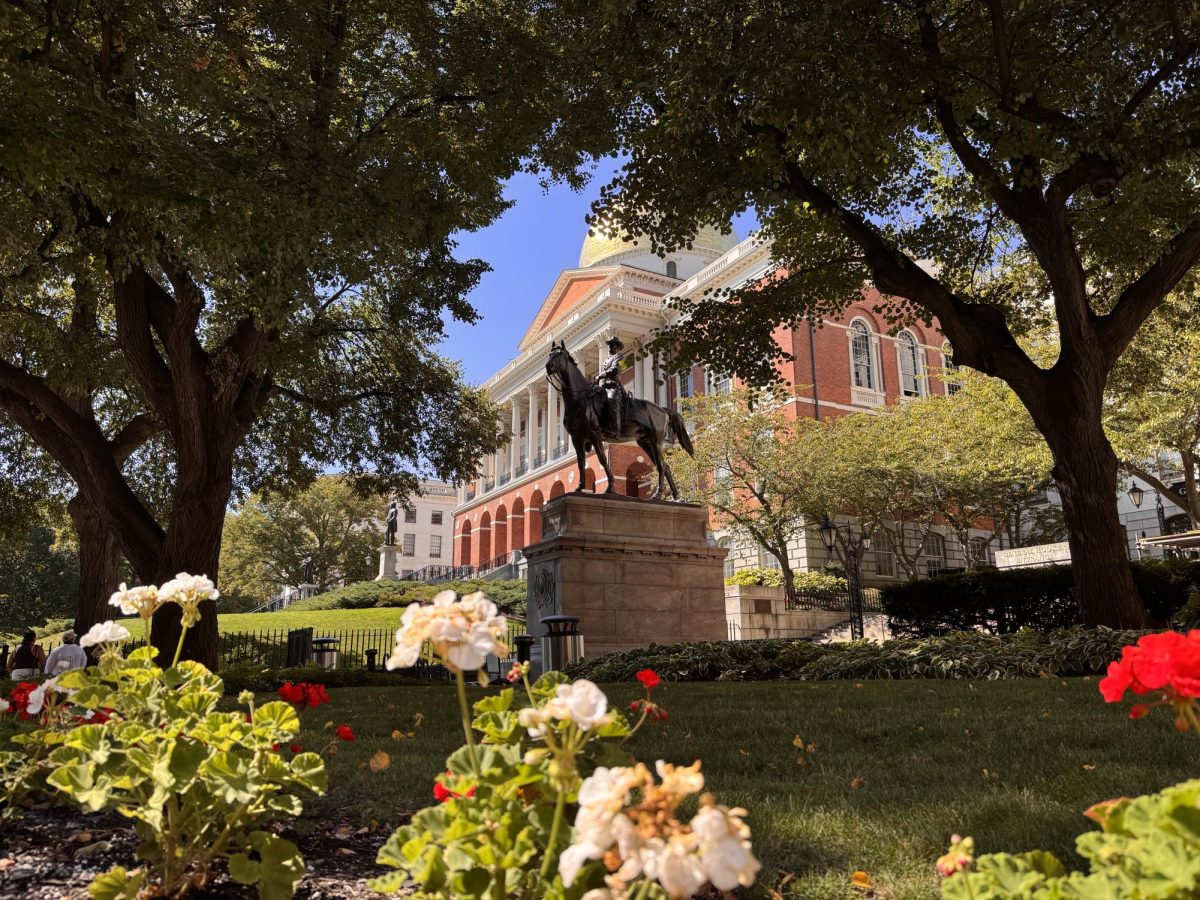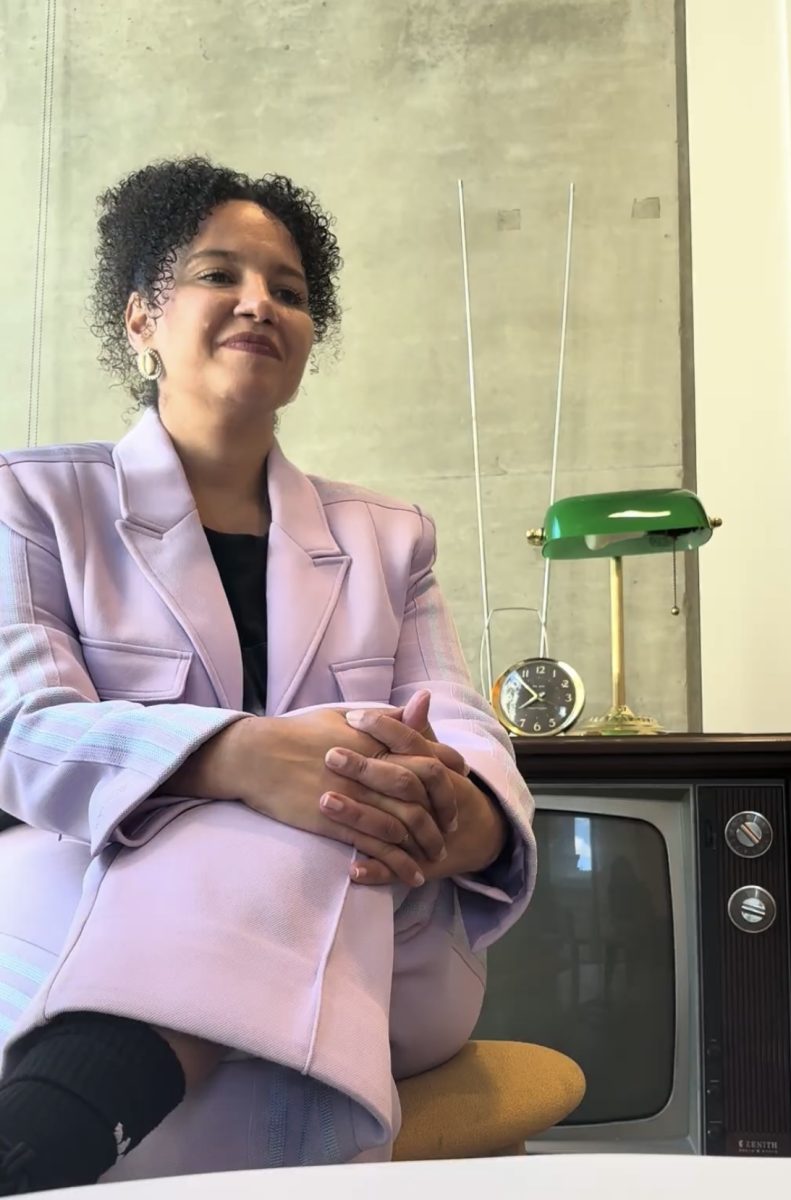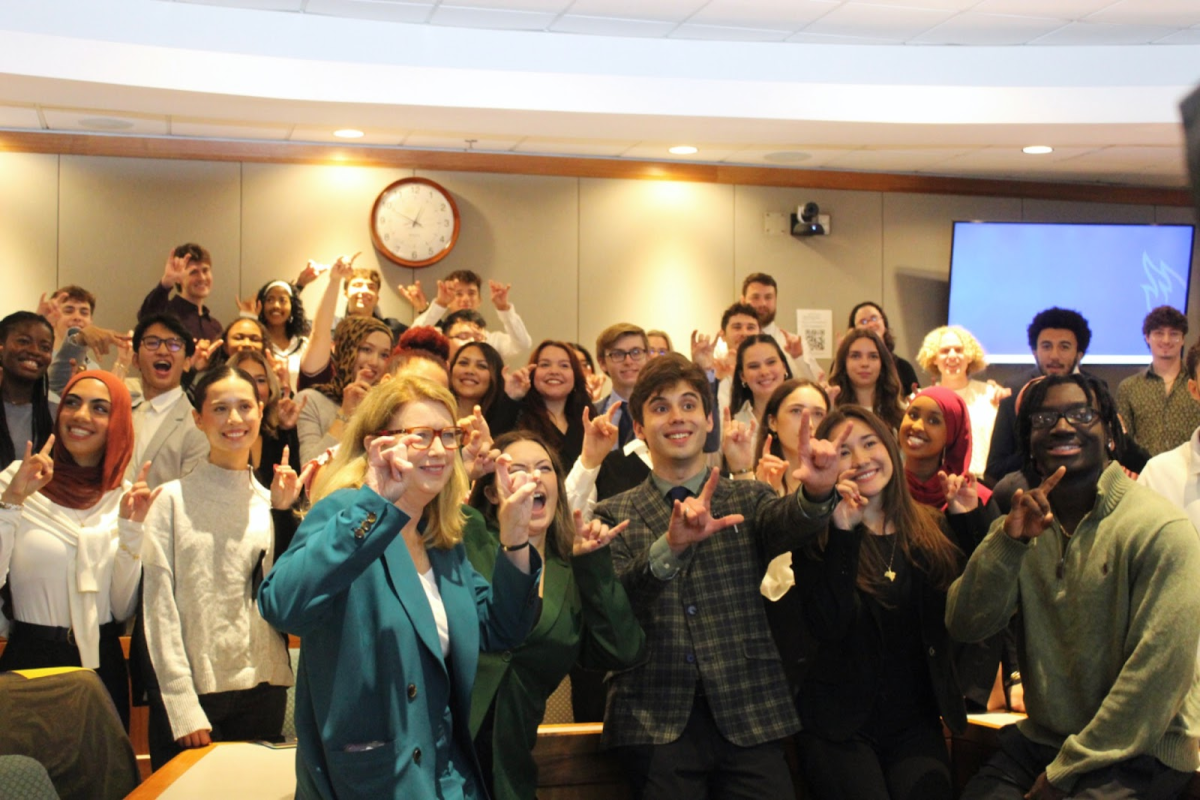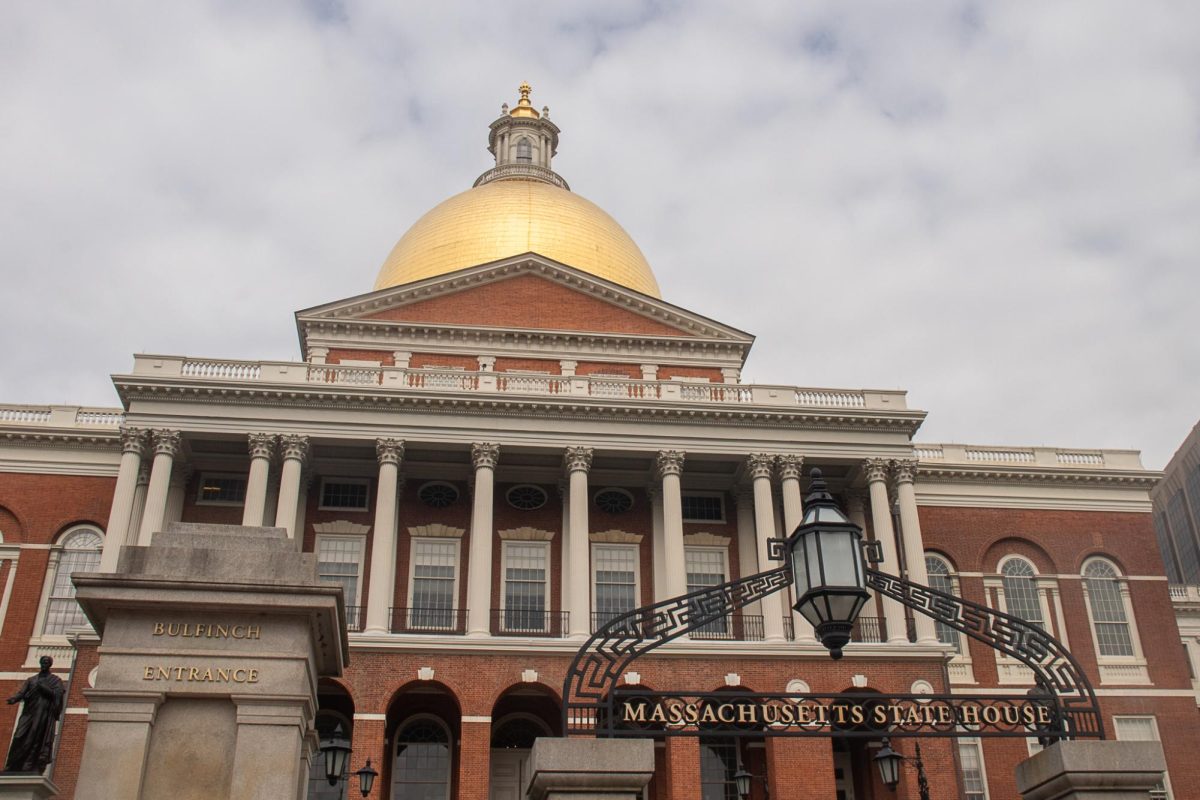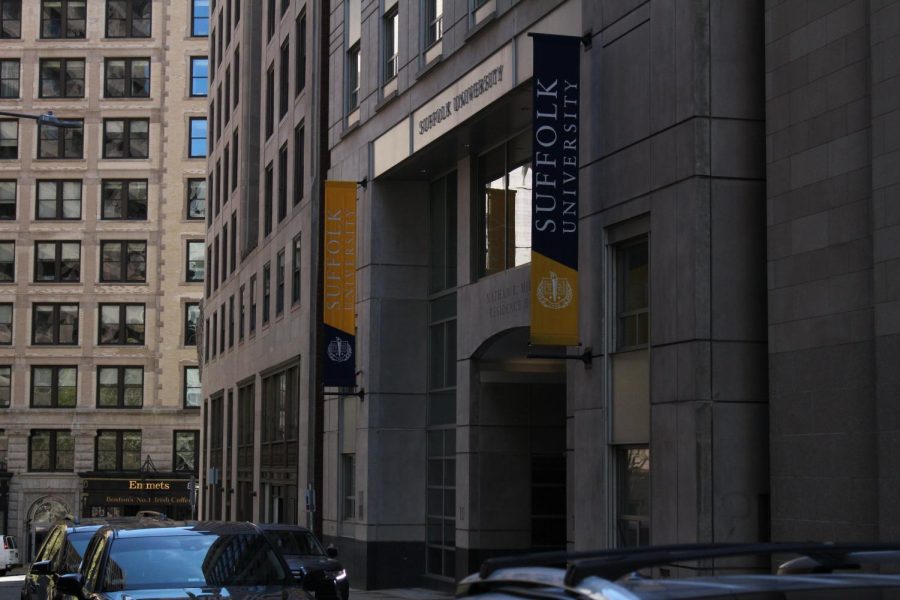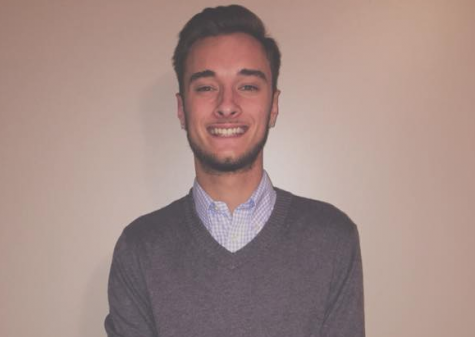Reception of news media across the country and the world is diluted by the bias and personal beliefs of any audience. The multimedia companies themselves which present today’s news are not always guiltless in their renditions either. Oftentimes certain themes or undertones of religion are embedded in today’s newscasts and publishings, and can sway viewers, readers or listeners into connecting certain faiths to stories.
“Media has a different culture in every country,” said Ambria Kocia during the inaugural weekly discussion entitled “Religion in the News” Monday in the Interfaith Center.
Members of the Suffolk community joined Harvard Divinity School’s Assistant Chaplain Samantha Menapace, who hosted the first installment of this conversation surrounding the questions and concerns students have with today’s portrayal of religion within the news.
Joined by Suffolk’s university Chaplain Amy Fisher, students discussed the problems they view in today’s media, predominantly the effects religion can play. With a number of natural disasters having struck various parts of the world recently, Kocia said the news media has not provided an adequate amount of widespread coverage, and has focused on the idea of Christian-rooted places such as the United States instead of airing extensive coverage about areas such as Mexico.
“Writing and receiving the news is affected by our religious beliefs,” said Menapace.
It was a challenge to find stories of those civilians around the nation and the world who have volunteered their time, or even appeared in a heroic scenario to rescue and assist those stranded, Menapace said. She said most stories portrayed in the media she had come across have honed in on the tragedies, and the ones that did display certain acts of kindness often involved a group of able people meeting at a Christian church as a type of headquarters.
“A lot of times when you think about people doing good deeds it’s often connected with Christianity,” said Menapace.
She said she believes it is important to take out biases and tendencies in the media that may direct or guide audiences toward associating a certain religious view if the facts do not allot it.
=Menapace said while the United States proudly holds the freedom of speech and press on high, it is important to use this freedom wisely and accurately.
For this reason, Fisher said she has tried to diversify her personal viewing of the news by mixing up the outlets by which she receives her information. Different broadcasts, social media platforms and newspapers, Fisher said, while each telling a story in their own fashion and language, compiled can create an accurate picture of the days events.
While religious tendencies in the news may never disappear completely, recognizing underlying motifs within the industry was a point this discussion was a prevalent point of conversation. “Religion in the News” will continue next week.


